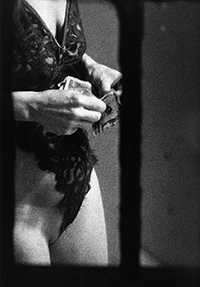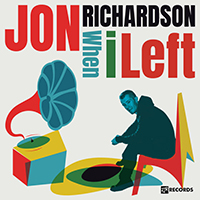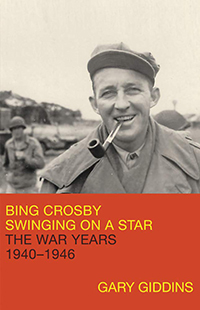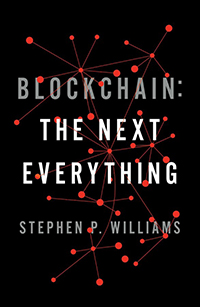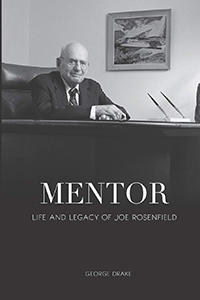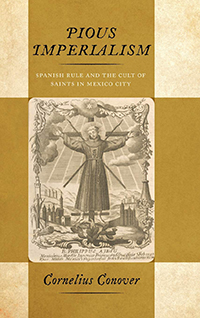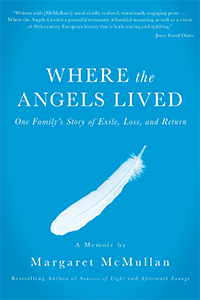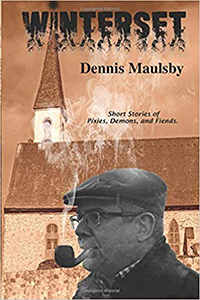At Grinnell, Ron Stanford ’71 produced many concerts of roots music while Fay Hazelcorn Stanford ’72 made the publicity posters. In a dorm room on South Campus, a Cajun musician named Dewey Balfa convinced the Stanfords to move to Louisiana one day to study Cajun music. The couple moved to Louisiana in 1972 and spent two years researching, photographing, and writing about French music. In September and October, Ron Stanford is presenting an exhibition of his photographs, Big French Dance: Cajun and Zydeco Music 1972–1974, at the Acadiana Center for the Arts in Lafayette, Louisiana. He’s also publishing a book of his Louisiana photographs.


